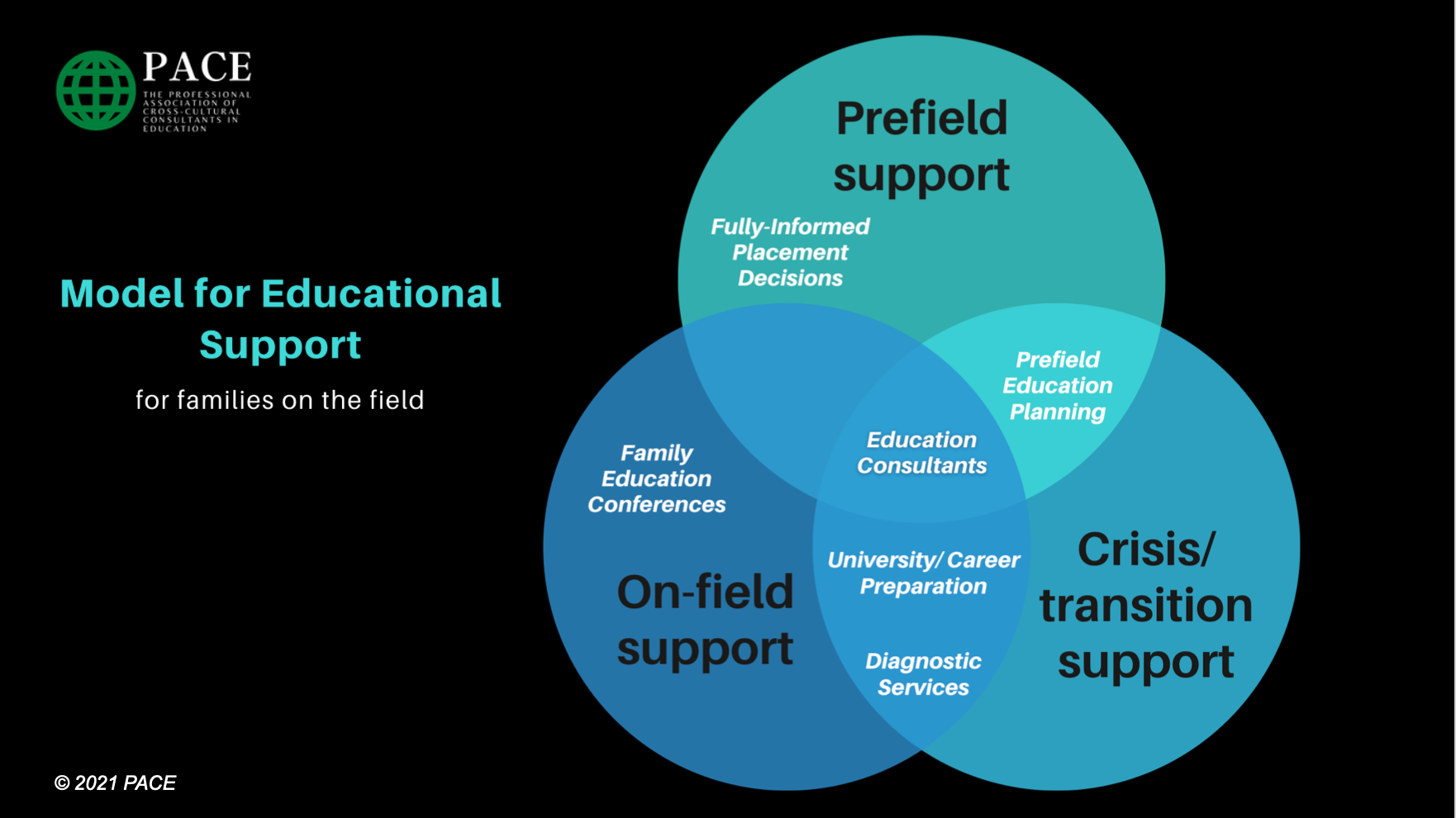In March, many education consultants gathered in person at the MK Education Summit near Atlanta…

Getting to the Bottom of Things: Helping Families with Struggling Learners (Part 2)
This is article is by Melissa Shipman, Executive Director of PACE. You can read part 1 of the article here. Melissa was a teacher of children with special needs for over 10 years, and has served with SHARE Education Services since 2002 as both a full-time and associate education consultant. She now lives in Georgia, USA with her husband and two young girls.
Nearly every consultant is called upon at some point to help a family figure out why a child is struggling in his or her education. Last week, we walked through questions to ask related to transitions and discipline/behavioral issues. This week, our discussion continues with key questions to ask related to second language issues and learning style issues.
Second Language Issues
Next we come to second language issues, and the key question here is, ‘How is this child handling learning the new language?’ I’m sure I don’t need to tell you that learning a second or third or fourth language can be stressful! As children are in the thick of learning another language, there may be some lag in activities having to do with the first language. If a child is in national school and learning to read in the second language, they probably shouldn’t be learning how to read in English at the same time at home.
Sometimes, there are dysfluencies, like stuttering, that occur in the first language while the second language is being learned. A mom with a four-year-old going to national preschool in the Czech Republic was concerned about her son’s stuttering, and wanted to know if I thought it could be related to him picking up Czech so quickly at preschool. I didn’t know, so I contacted the American Speech and Hearing Association. They told me that this is something that might very well be happening, and that there shouldn’t be any serious concerns about the child’s speech if it lasts less than six months. This is good to know, especially for families with very young children picking up a second language while they’re still getting a foothold on their mother tongue!
A resource that we often recommend regarding multi-lingualism is A Parents’ and Teachers’ Guide to Bilingualism by Colin Baker. In the table of contents, he lists frequently asked questions, and the book simply walks through those questions, which have been grouped into major categories.
Learning Style Issues
Now we come to issues regarding learning styles. The key question to ask is ‘Do we know this child’s learning style?’ If you want to learn more about learning styles, there’s a lot of information out there. Basically, educators have identified four primary learning temperaments. Cathy Duffy, a renowned home school curriculum reviewer, calls them Perfect Paula, Competent Carl, Sociable Sue, and Wiggly Willy. Keep in mind that no child is all one or the other; however, we all typically have a dominant learning style.
The second key question to ask is ‘Does this child’s learning style fit with his or her educational situation?’ So let’s talk strategy. After we determine a child’s dominant learning style, we need to line up their present educational situation with their learning style. If, for instance, you have a Sociable Sue trying to work on the computer by herself on Switched on Schoolhouse CDs, there is going to be a problem. Of if Wiggly Willy is in national school and has an old-school teacher who utilizes shame and harsh discipline, there will be problems! These are really cute names, but this area is actually quite serious, and ideally should have an impact on which educational options are chosen for children. If you suspect this might be the case with a given child, consider whether or not a recommendation for a change needs to be made.
© 2012-2023 PACE
All rights reserved


